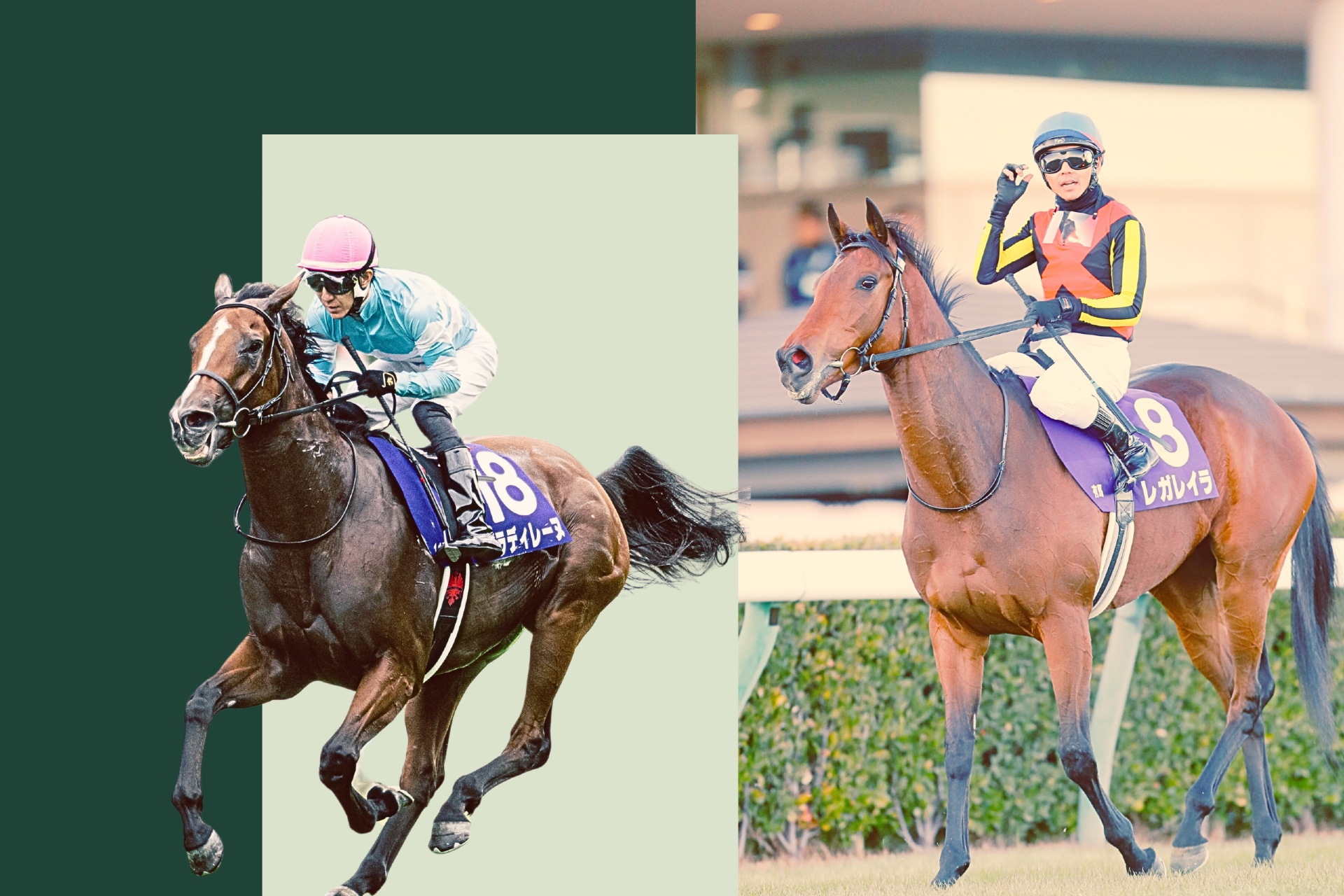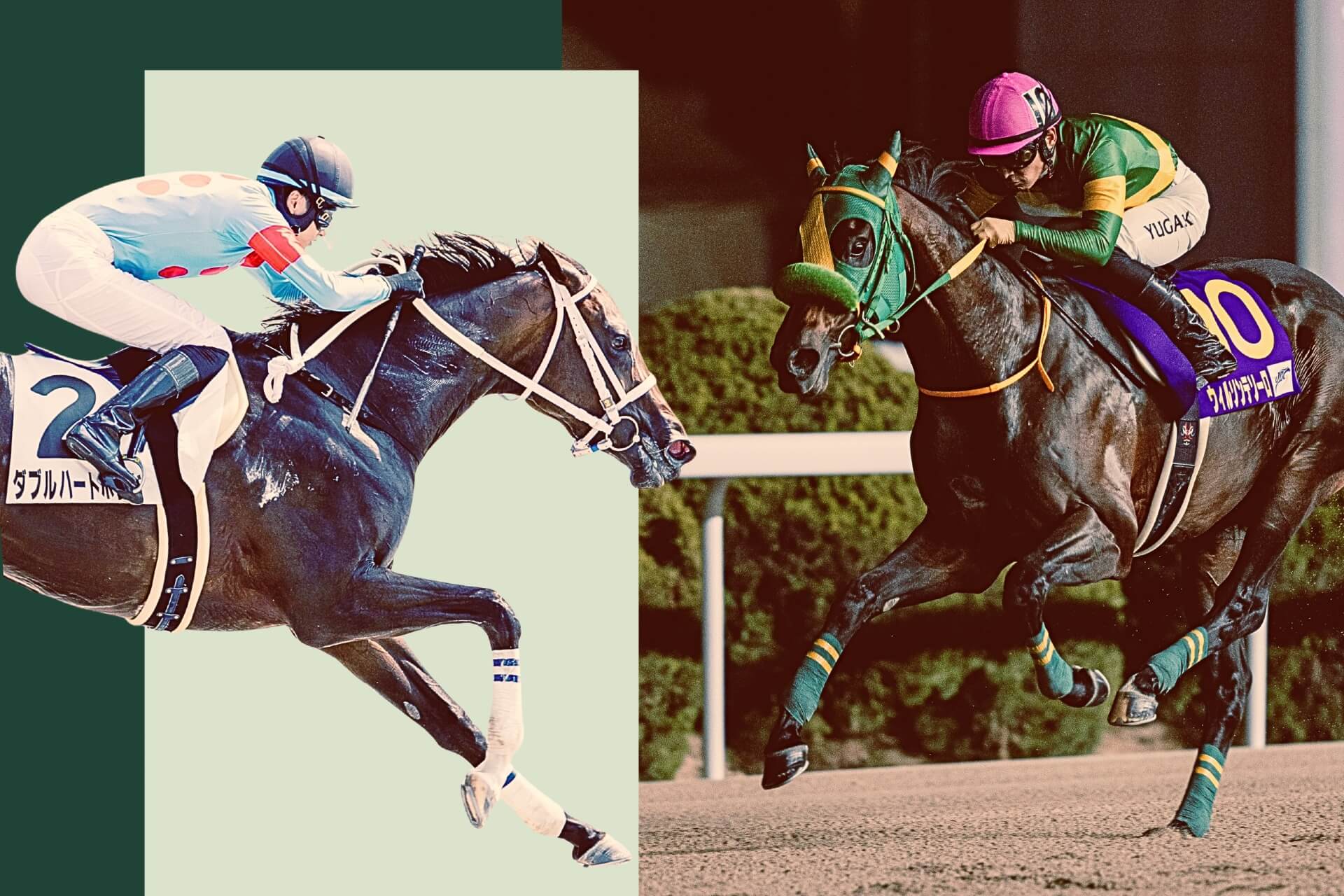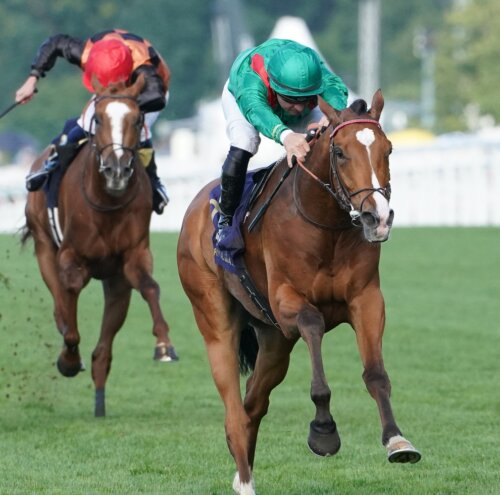Latest News
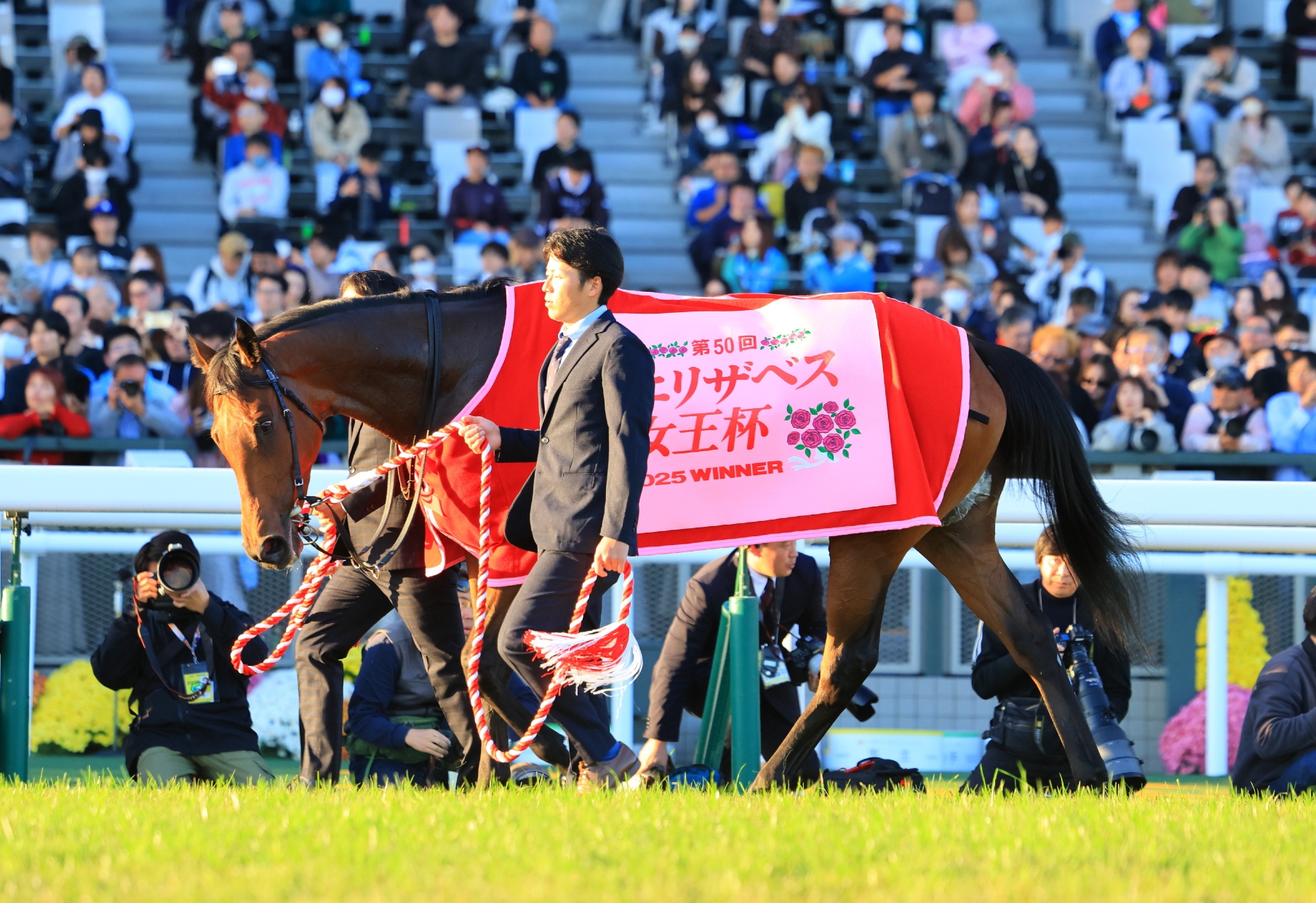
19/11/2025
Regaleira Has The Aura Of A Champion: QEII Cup Reflection
Sunday Racing’s brilliant filly is not a straightforward character but her ability and imposing presence dominated the Queen Elizabeth II Cup at Kyoto last weekend.
Shuhei Uwabo, David Morgan
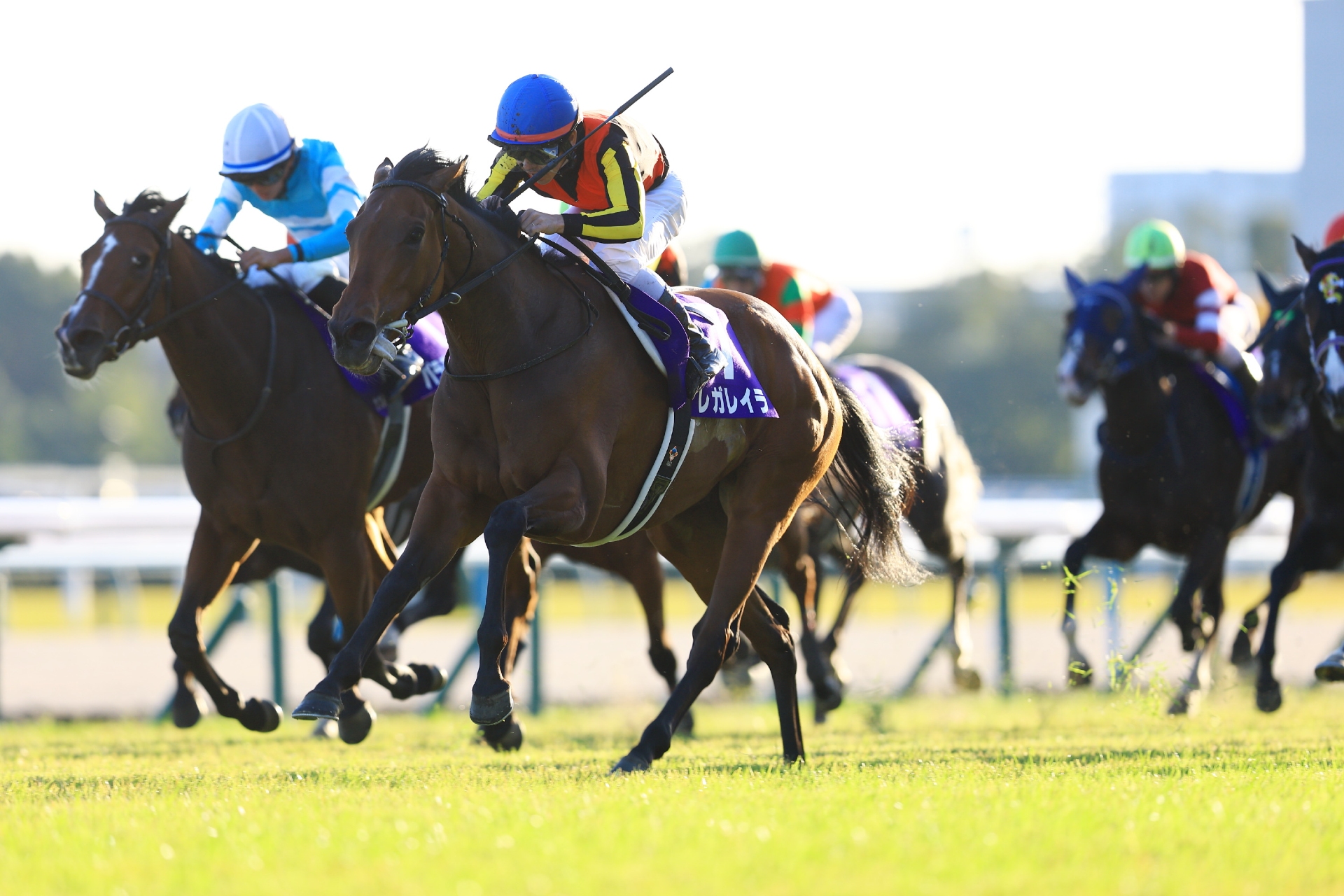
17/11/2025
Regaleira Breaks Kansai Hoodoo With Record-Setting G1 Queen Elizabeth II Cup Triumph
The star filly Regaleira finally snapped her western-Japan jinx on Sunday, unleashing a devastating finish to claim the 2025 G1 Queen Elizabeth II Cup (2200m) at Kyoto in race-record time.
Michael Cox

13/11/2025
On Track And Off, Christophe Lemaire Is Redefining Horse Racing’s Boundaries
Christophe Lemaire's influence extends beyond the racecourse. Riding a wave of Group 1 success, Japan's champion will make his return to Happy Valley's International Jockeys' Championship as both a force on the track and an innovator off it.
David Morgan

10/11/2025
2025 G1 Queen Elizabeth II Cup: Five Storylines
A new queen will be crowned at Kyoto and with a strong three-year-old crop, a dominant Christophe Lemaire and Kitasan Black’s daughters chasing history, the scene is set for a compelling showdown.
Idol Horse
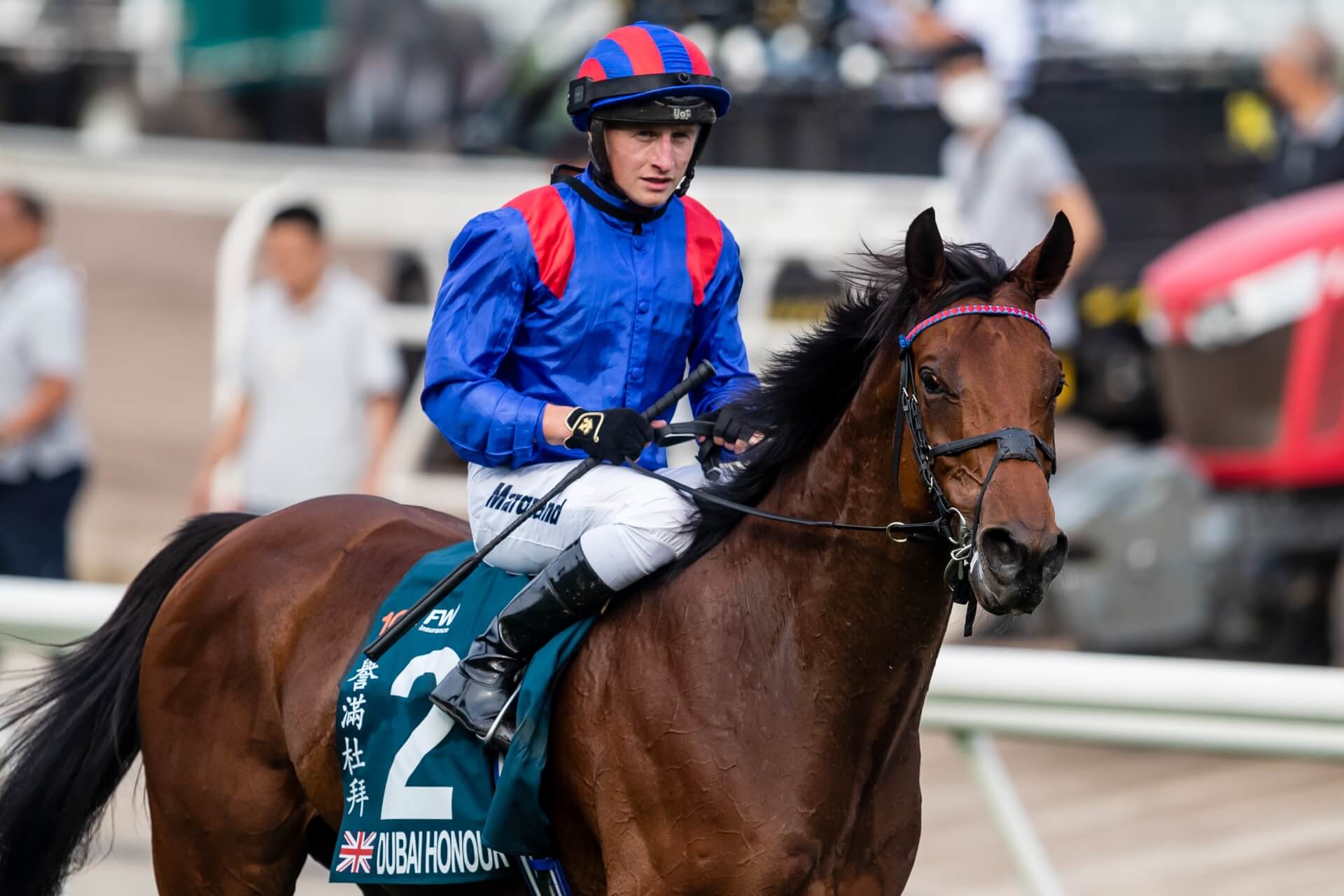
11/04/2025
Dubai Honour’s Hong Kong Target Might Not Be The QEII Cup
The Champions & Chater Cup is an appealing option for the British raider, who might skip the QEII Cup at Sha Tin depending on how he performs at Randwick on Saturday.
David Morgan
Race Information
- Date Sunday, November 16
- Racecourse Kyoto (Right-Handed)
- City Kyoto
- International Status Group 1
- Local Status Group 1
- Conditions 3YO & Up, Fillies And Mares
- Surface Turf
- Distance 2200m
- Prizemoney (Local) ¥283,100,000
- Prizemoney (USD) $1.89 million (Approx.)
- First Run 1976 (Diamante)
History
First staged in 1976 over 2400 metres, the Queen Elizabeth II Cup began as the final leg of Japan’s Fillies’ Triple Crown before the Shuka Sho assumed that role two decades later. Recast in 1996 as the nation’s only Grade 1 open to fillies and mares aged three and above, it became a rare proving ground where generations meet without male opposition. Since gaining international Grade 1 status in 1999, it has drawn global attention, Ed Dunlop’s Snow Fairy making history in 2010–11 as the first overseas-trained horse to win the same (flat) Japanese Grade 1 twice.
Since the race’s expansion to include older mares, eight fillies have prevailed, among them two-time winners Admire Groove (2003) and Snow Fairy (2010), as well as Daiwa Scarlet (2007) and, most recently, Brede Weg (2023). In a further sign of the race’s international flavour, only one Japanese jockey – Hideaki Miyuki (Akai Ito, 2021) – has triumphed in the past nine years, a period dominated by Mirco and Cristian Demuro, Christophe Lemaire, Joao Moreira and Christophe Soumillon.
Speed Map
Top Contenders
REGALEIRA (Suave Richard x Roca); 4YO
Trainer: Tetsuya Kimura
Jockey: Keita Tosaki
Biggest win: G1 Arima Kinen (2024)
Japan’s reigning Arima Kinen heroine boasts an exceptional record against colts, underlining her class. She rebounded stylishly from her Takarazuka Kinen 11th (a race in which she challenged Bellagio Opera for favouritism) with a commanding victory in the G2 Senkai Sho All Comers (Nakayama, 2200m). If she can reproduce that form away from her favoured eastern circuits, Regaleira’s proven Group 1 quality makes her the clear benchmark among this year’s contenders.
COCONUTS BROWN (Kitasan Black x Lewers Street); 5YO
Trainer: Hiroyuki Uemura
Jockey: Yuichi Kitamura
Biggest win: Nishiki Stakes (2025)
Lightly raced but remarkably consistent, Coconuts Brown also enhanced her credentials for this with a strong performance against male rivals, closing off strongly to defeat all but surprise winner Top Knife in the G2 Sapporo Kinen (2000m, Sapporo). Trainer Hiroyuki Uemura reports she’s thrived since returning to Ritto, stronger and sharper after a testing summer campaign. A mature mare still on the rise, this daughter of Kitasan Black is edging closer to a breakthrough top-level win.
ERIKA EXPRESS (Epiphaneia x Enticed); 3YO
Trainer: Haruki Sugiyama
Jockey: Yutaka Take
Biggest win: G3 Fairy Stakes (2025)
Once known for her fiery temperament, Erika Express has blossomed into a more polished performer and nearly stole the G1 Shuka Sho with a bold front-running display. The Kyoto course clearly brings out her best, and the Yutaka Take factor – and minimal obvious speed in the race – makes her a strong candidate to dictate in front.
STELLENBOSCH (Epiphaneia x Bloukrans); 4YO
Trainer: Sakae Kunieda
Jockey: Christophe Lemaire
Biggest win: G1 Oka Sho (2024)
Stellenbosch has struggled to recapture the spark that carried her to Group 1 success in 2024, but the booking of a red-hot Christophe Lemaire could be the catalyst for revival. Last year’s Oka Sho winner has reportedly been working well since returning from a short break.
PARADIS REINE (Kizuna x Paradise Garden); 3YO
Trainer: Teruhiko Chida
Jockey: Mirai Iawata
Biggest win: Tsubaki Sho (2025)
A genuine staying type, Paradis Reine has yet to run a poor race all season. Her late surge for third in the Shuka Sho – the fastest closing sectionals in the field – suggested she might have more to give over this extended trip. Her stamina and honesty make her a serious player here, although luck may be required from the inside draw.
Expert Analysis & Selections
MASANOBU TAKAHASHI
Angle: Strongest stayer wins?
This shapes as a genuine test of stamina. To that end Paradis Reine is one of the top stayers among the three-year-old fillies cohort, while Vermicelles also has solid credentials, including a third-place finish in a 3400m G3. Vermicelles also ran well to finish third against colts in the G2 Kyoto Daishoten. Aurora X – who scored an impressive victory on the same course as the QEII Cup almost exactly one year ago – is another to include.
Selections: #1 Paradis Reine, #8 Vermicelles, #11 Verehrung, #15 Aurora X
HOMAN
Angle: Ireland Trophy form
One of the key QE II Cup lead-up races, the G2 1800m The Ireland Trophy (previously the Fuchu Himba Stakes held in October at Tokyo and now moved to June), has generated the most winners in the last 10 years (four in total). The Aizawa Ikuo-trained filly Lilac ran fourth in that key form race with the second-fastest last 3F (32.3s) in the field. Will need a strong tempo but is a worthy longshot at around 26-1.
Selections: #7 Regaleira, #12 Lilac, #4 Kana Tape, #1 Paradis Reine
STEVEN HO
Angle: Lemaire led revival?
Recent form does not necessarily dictate a horse’s performance in this particular race. Like previous winners Lys Gracieux, Akai Ito and Stunning Rose, Stellenbosch could be the horse who finds a ‘revival’ in the QEII Cup, with the booking of Lemaire a big positive. Bond Girl has performed well at Kyoto previously and is another who could bounce back at big odds.
Selections: #2 Stellenbosch, #16 Lynx Tip, #7 Regaleira, #9 Bond Girl
JAYSON KWOK
Angle: Tempo is key
In an open affair, race pace and barrier position may well be the decisive factors. Erika Express and Yutaka Take will look for a Shuka Sho repeat, increasing the speed incrementally to make it difficult for the backmarkers. Horses equipped with class and a good turn of foot, however, can get her beaten, with Regaleria and Coconuts Brown both fitting that profile.
Selections: #7 Regaleria, #13 Coconuts Brown, #6 Erika Express, #11 Verehrung
